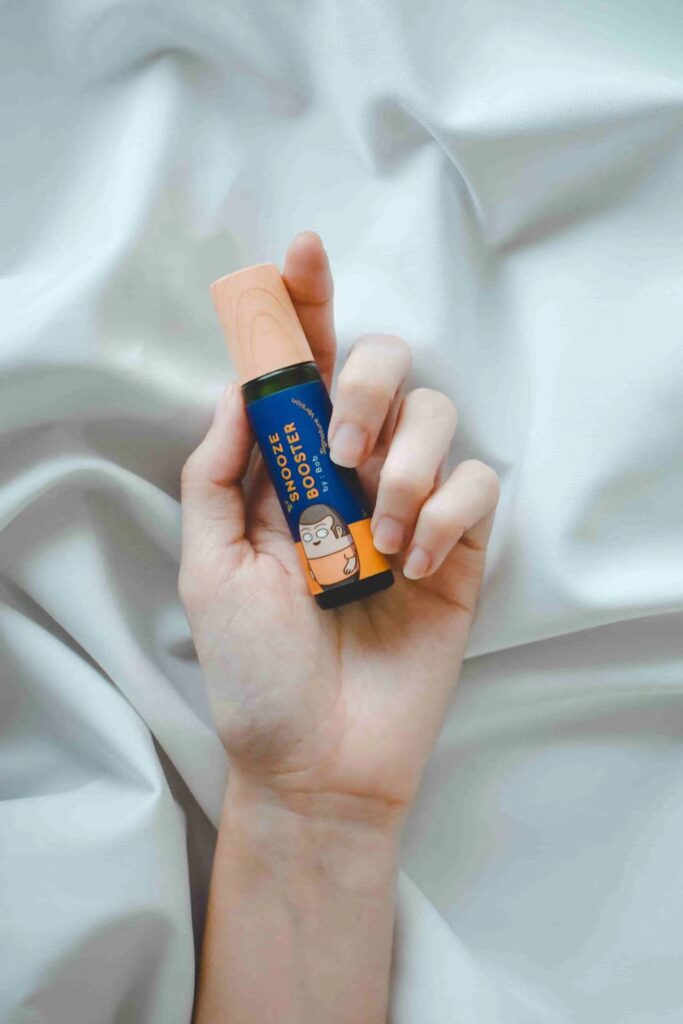Traveling with glass bottles can be a common concern for many travelers, whether they are carrying perfumes, essential oils, alcoholic beverages, or other liquids. Have you ever worried about whether you can bring your favorite perfume or homemade essential oils on your next flight? Are you unsure about how to pack that special bottle of wine you bought as a gift? Don’t worry! This blog will address all your key questions and provide detailed answers about bringing glass bottles on an airplane. We’ll dive into the essential guidelines, discuss the best packing tips to ensure your bottles remain intact, address safety concerns, and explain the international regulations you need to be aware of. So, buckle up and get ready to travel with confidence, knowing your glass bottles are safe and compliant with airline rules!
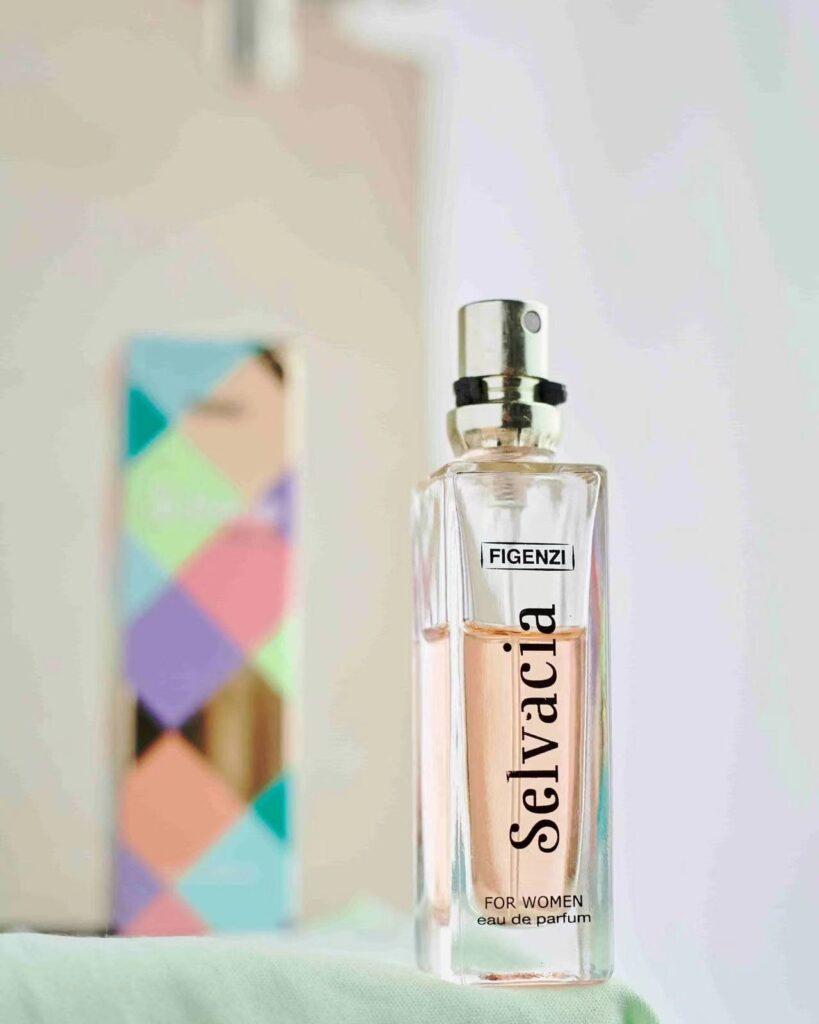
Table of Contents
ToggleCan I bring an empty glass bottle in my carry-on bag?
Absolutely! You can bring an empty glass bottle in your carry-on bag without any issues. The TSA regulations specifically allow empty containers, so you won’t face any problems at security checkpoints. This is great news for those who might want to carry an empty glass bottle for later use, perhaps to fill with water after passing through security, or for collecting samples or souvenirs during your travels. Just make sure the bottle is completely empty and clean to avoid any misunderstandings or delays at security. Enjoy the convenience and sustainability of having your reusable glass bottle with you on your journey!
What are the restrictions for filled glass bottles in carry-on baggage?
If your glass bottle contains liquids, gels, or aerosols, it must comply with the TSA’s 3-1-1 rule. This rule is designed to ensure safety and streamline the security process. Here’s what you need to know:
○ Size Limit: Each container must hold no more than 3.4 ounces (100 milliliters). This means if your glass bottle is larger than this size, you cannot carry it filled with liquid in your carry-on bag.
○ Bag Requirement: All containers must fit into a single quart-sized, clear, resealable plastic bag. This bag makes it easy for security personnel to inspect the items quickly.
○ Passenger Limit: Each passenger is limited to one quart-sized bag. This limits the total amount of liquids you can bring, ensuring that each person only carries a minimal amount.
So, if you’re planning to bring your favorite perfume, essential oils, or other liquids in a glass bottle, make sure they fit these requirements. This will help you breeze through security without any hitches, ensuring a smooth start to your journey.
Can I pack glass bottles in my checked luggage?
Yes, you can pack glass bottles in your checked luggage, whether they are empty or filled. However, careful packing is crucial to prevent breakage during the journey. Here are some tips to ensure your glass bottles arrive safely:
○ Wrap Each Bottle: Use bubble wrap or thick clothing to wrap each glass bottle individually. This adds a layer of protection and cushioning.
○ Strategic Placement: Place the wrapped bottles in the middle of your suitcase, surrounded by soft items like clothes or towels. This helps absorb any shocks and reduces the risk of breakage.
○ Use Dividers: If you have multiple glass bottles, consider using dividers or a hard-sided case to keep them from knocking into each other.
○ Seal the Bottles: Ensure that the caps or lids are tightly sealed to prevent any leaks. You can also use tape around the cap for added security.
○ Leak Protection: Place the bottles in a plastic bag or use leak-proof containers to contain any spills in case of breakage.
By following these packing tips, you can safely transport your glass bottles in your checked luggage and enjoy peace of mind during your travels.

How should I pack glass bottles to avoid breakage?
Packing glass bottles properly is essential to avoid breakage and ensure they arrive safely at your destination. Here are some effective tips:
○ Wrap Each Bottle: Wrap each glass bottle individually in bubble wrap. This provides a cushioning layer that absorbs shocks and prevents direct impact.
○ Strategic Placement: Place the wrapped bottles in the middle of your suitcase, surrounded by soft items like clothes, towels, or blankets. This creates a protective buffer zone around the bottles.
○ Use Dividers or a Hard-Sided Case: If possible, use dividers or pack the bottles in a hard-sided case. Dividers keep bottles separated, preventing them from knocking into each other, while a hard-sided case offers extra protection against external pressure and impacts.
Following these steps will help ensure your glass bottles are well-protected and minimize the risk of breakage during your travels.
What are the TSA guidelines for carrying alcoholic beverages in glass bottles?
When carrying alcoholic beverages in glass bottles, the TSA has specific guidelines. For carry-on baggage, alcoholic beverages must be in containers of 3.4 ounces (100 milliliters) or less, fitting into a single quart-sized, clear, resealable plastic bag as per the 3-1-1 rule. In checked baggage, the regulations depend on the alcohol content: beverages with less than 24% alcohol (such as beer and wine) have no quantity restrictions, while those with 24-70% alcohol (such as spirits and liquors) are limited to 5 liters (1.3 gallons) per passenger. Beverages with more than 70% alcohol are not permitted in either carry-on or checked baggage. Ensuring your alcoholic beverages comply with these guidelines will help you avoid issues at security and enjoy a smooth journey.
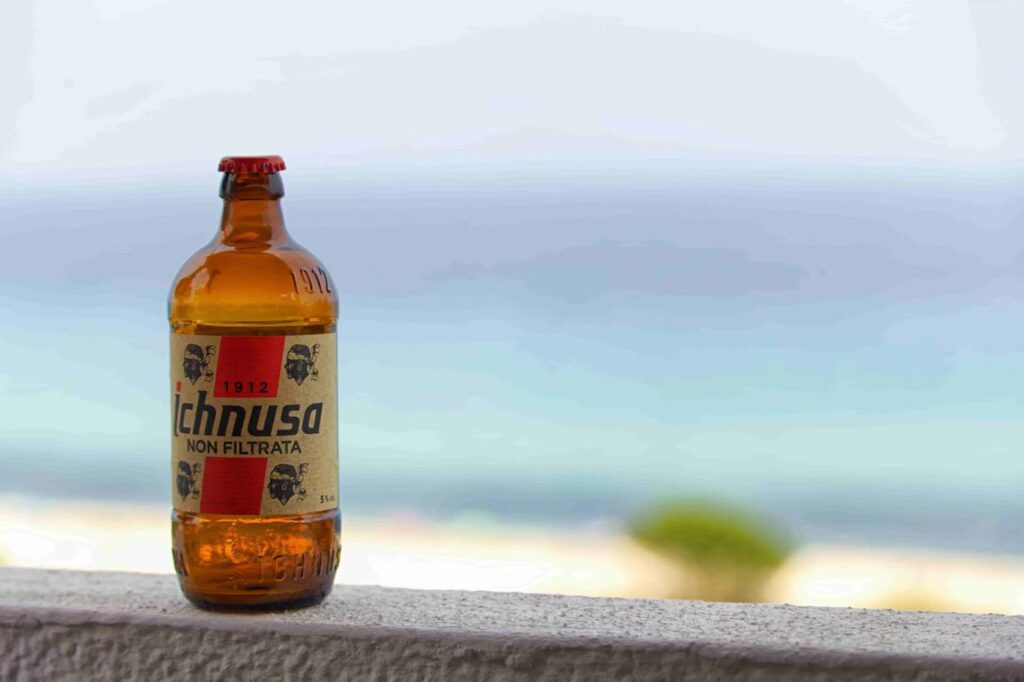
Are there restrictions on homemade alcoholic beverages?
Yes, homemade alcoholic beverages must comply with the same guidelines as commercially produced ones. Here are the key points to remember:
○ Size and Quantity: In carry-on baggage, homemade alcoholic beverages must be in containers of 3.4 ounces (100 milliliters) or less, fitting within the TSA’s 3-1-1 rule. In checked baggage, you are limited to 5 liters per passenger for beverages with an alcohol content between 24% and 70%. Beverages with less than 24% alcohol content are not restricted in quantity.
○ Sealing and Labeling: Ensure that homemade alcoholic beverages are well-sealed to prevent leaks. Label the bottles clearly to indicate the contents. This helps avoid any confusion or issues during security checks.
○ Packaging: Pack the bottles securely, using bubble wrap and placing them in the middle of your suitcase, surrounded by soft items. Consider using dividers or a hard-sided case for added protection.
By following these guidelines, you can safely transport your homemade alcoholic beverages without encountering problems at security or customs.
Can I carry a glass bottle with essential oils in my carry-on or checked baggage?
Yes, you can carry a glass bottle with essential oils in both your carry-on and checked baggage. In your carry-on, the essential oils must follow the TSA’s 3-1-1 rule, meaning each bottle should be 3.4 ounces (100 milliliters) or less, and all bottles must fit into a single quart-sized, clear, resealable plastic bag. For checked baggage, there are no specific size restrictions, but it’s crucial to pack the bottles carefully to prevent leaks and breakage. Wrap each bottle in bubble wrap, place them in the middle of your suitcase surrounded by soft items, and consider using a hard-sided case or dividers for added protection.
Are there restrictions on carrying perfumes in glass bottles?
Perfumes in glass bottles are indeed subject to the TSA’s 3-1-1 rule for carry-ons. This means each perfume bottle must be 3.4 ounces (100 milliliters) or less and fit into a single quart-sized, clear, resealable plastic bag. For checked baggage, there are no specific size restrictions for perfumes. However, it’s essential to pack them securely to prevent any damage. Wrap each bottle in bubble wrap, place them in the middle of your suitcase surrounded by soft items, and consider using a hard-sided case or dividers for additional protection. This ensures your perfumes arrive safely and intact.
What should I do if my glass bottle breaks during the flight?
If your glass bottle breaks during the flight, it’s essential to handle the situation carefully to avoid injury and manage any spills. Here are the steps to take:
○ Notify a Flight Attendant: Inform a flight attendant immediately. They are trained to handle such situations and can provide you with necessary supplies like gloves, paper towels, and plastic bags.
○ Protect Yourself: If you need to clean up the broken glass, ensure you protect your hands. Use a pair of gloves if available, or carefully use a cloth to pick up the pieces to avoid cuts.
○ Contain the Spills: Use paper towels or napkins to soak up any spilled liquid. Place the broken glass and soaked towels in a plastic bag to prevent further contamination.
○ Dispose Safely: Hand the sealed bag to the flight attendant for proper disposal. Do not leave broken glass or spilled liquids exposed as they can pose a hazard to other passengers and crew members.
○ Assess and Clean Your Belongings: Once the immediate danger is managed, check your belongings for any remaining glass shards or liquid residue. Clean and secure your items as best as you can for the rest of the flight.
Handling a broken glass bottle quickly and safely ensures minimal disruption and maintains safety for everyone on board.
Are there specific types of glass bottles that are more suitable for air travel?
Yes, certain types of glass bottles are more suitable for air travel due to their durability and design features. Here are some key characteristics to look for:
○ Thick and Durable Glass: Opt for bottles made from thicker glass, as they are more resistant to breakage and can withstand the bumps and pressure changes during air travel.
○ Tight-Sealing Lids: Choose bottles with tight-sealing, leak-proof lids to prevent any spills or leaks. Bottles with screw-on caps or additional sealing mechanisms are particularly effective.
○ Travel-Sized Bottles: Smaller, travel-sized glass bottles that comply with the TSA’s 3-1-1 rule (3.4 ounces or 100 milliliters) are ideal for carry-on luggage. These are specifically designed for ease of transport and compliance with airline regulations.
○ Protective Sleeves: Some glass bottles come with silicone or rubber sleeves that provide an extra layer of protection against impacts. These sleeves also offer a better grip, reducing the risk of dropping the bottle.
○ Shatterproof or Reinforced Glass: Consider bottles labeled as shatterproof or reinforced. These are designed to be more resilient and less prone to breaking if dropped or subjected to pressure changes.
By choosing glass bottles with these features, you can travel with greater peace of mind, knowing that your items are safely stored and less likely to cause issues during your journey.
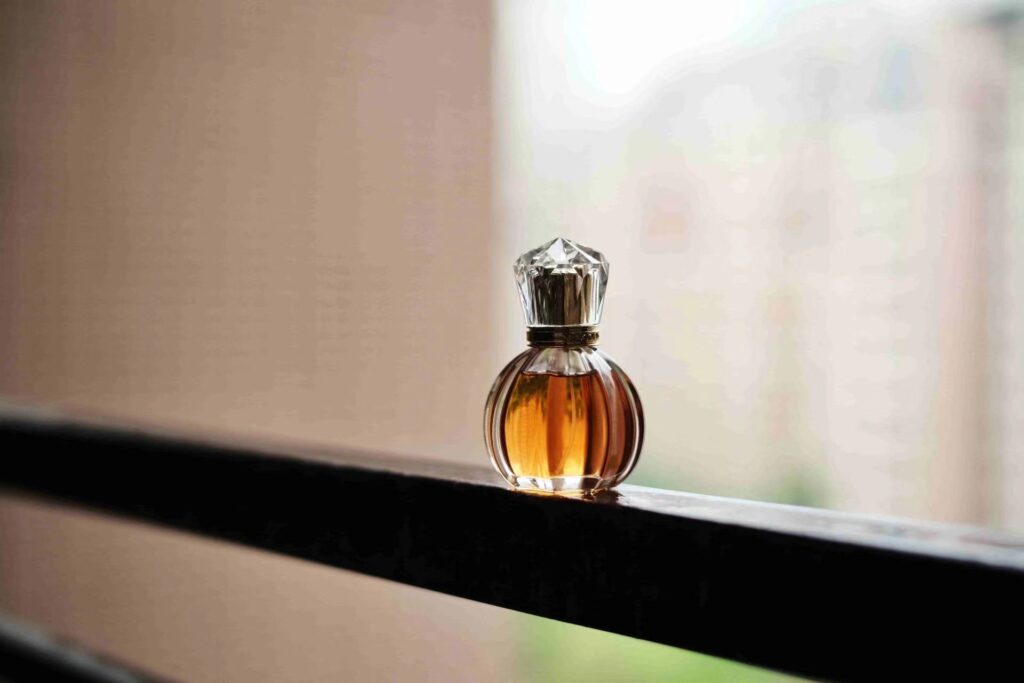
How do customs regulations vary for bringing glass bottles with liquids into different countries?
Customs regulations for bringing glass bottles with liquids vary widely by country:
○ Quantity Limits: Many countries limit the amount of liquid you can bring, especially alcohol. For example, the U.S. allows 1 liter of alcohol duty-free per adult.
○ Declaration Requirements: Most countries require you to declare all liquids, with penalties for non-compliance.
○ Prohibited Items: Some countries, like certain Middle Eastern nations, ban alcohol entirely. Others may restrict specific liquids like herbal remedies or essential oils.
○ Packaging Standards: Liquids must often be clean and clearly labeled, especially homemade products.
○ Import Licenses: Large quantities or commercial imports may require special permits.
○ Health and Safety Regulations: Medicinal and cosmetic liquids may need to meet safety standards.
Always check the specific customs regulations of your destination country before traveling to ensure compliance and avoid issues.
Are there any specific restrictions for carrying glass bottles in European, North American, or Asian countries?
Yes, there are specific restrictions for carrying glass bottles in different regions:
▶ Europe
Liquids in Carry-On: The European Union follows the same 3-1-1 rule as the TSA, allowing liquids in containers of 100 milliliters or less in a single, clear, resealable plastic bag.
Alcohol: Generally, travelers can bring up to 1 liter of spirits or 2 liters of wine duty-free, but this can vary by country.
▶ North America
United States and Canada: Both countries adhere to the TSA’s 3-1-1 rule for carry-on liquids. Alcohol allowances typically include 1 liter of alcohol duty-free, with additional amounts subject to duty and tax.
Mexico: Similar rules apply, with specific limits on the amount of alcohol that can be brought in duty-free.
▶ Asia
Japan and South Korea: These countries follow similar liquid restrictions for carry-on baggage. Duty-free alcohol limits generally include 1 liter of spirits.
China: China allows 1.5 liters of alcohol duty-free. Strict rules apply to the import of certain liquids, such as medicinal products.
In all regions, it’s crucial to check specific country regulations as they can vary and may have unique requirements or restrictions. Always declare your glass bottles with liquids to avoid penalties.
Are plastic bottles or metal containers more advisable for carrying liquids on a plane compared to glass bottles?
Yes, plastic bottles or metal containers are generally more advisable for carrying liquids on a plane compared to glass bottles because they are more durable, lighter, and less prone to breakage. This reduces the risk of leaks, spills, and hazardous shattered glass. Additionally, travel-sized plastic and metal containers that comply with TSA guidelines (3.4 ounces or 100 milliliters) are widely available and convenient for air travel.
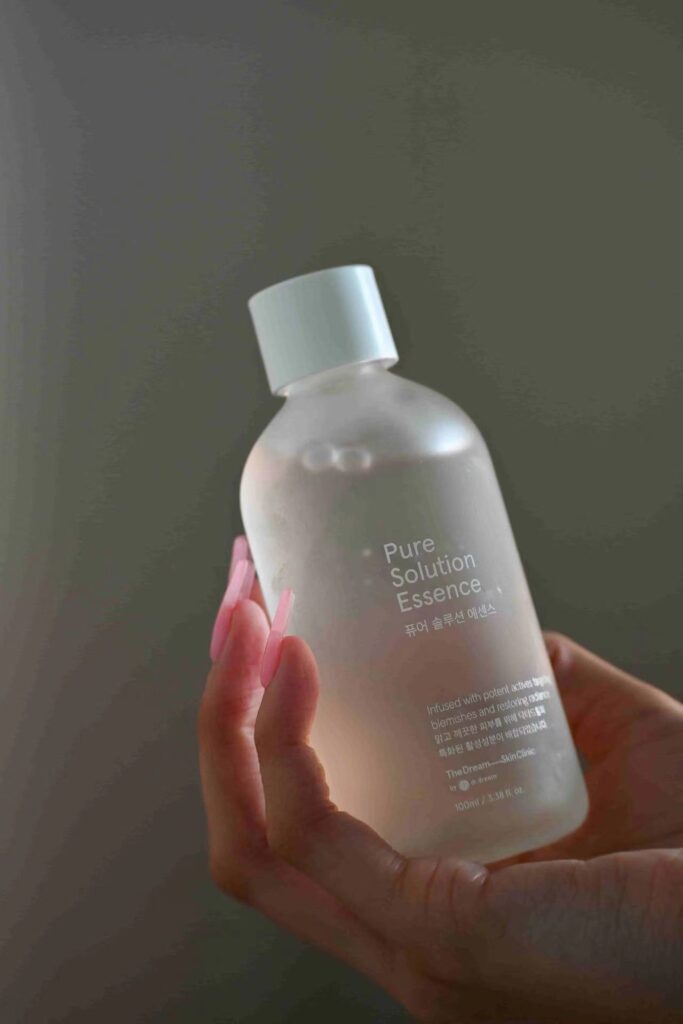
Can I carry a glass bottle with non-liquid items, like powder or solid food, in my carry-on bag?
Yes, you can carry a glass bottle with non-liquid items, such as powder or solid food, in your carry-on bag. TSA regulations primarily focus on liquids, gels, and aerosols, so non-liquid items like powders and solid foods are generally allowed without restriction. However, it’s a good idea to ensure the bottle is well-sealed and securely packed to prevent any breakage or spills during your journey.
Conclusion
Traveling with glass bottles can seem daunting, but with the right knowledge and preparation, it can be a smooth and hassle-free experience. Whether you’re carrying perfumes, essential oils, alcoholic beverages, or other liquids, understanding the TSA’s 3-1-1 rule for carry-ons and the specific guidelines for checked baggage is crucial. Remember to pack your glass bottles carefully to prevent breakage, and be aware of customs regulations for your destination to avoid any legal issues. While plastic and metal containers may offer added durability and convenience, glass bottles are still a viable option with proper handling. By following the tips and answers provided in this blog, you can confidently travel with your glass bottles and enjoy your journey worry-free. Safe travels!





